Social media banners are one of the first things people notice when they visit your profile. They set the tone for your brand and can make a lasting impression. A well-designed banner can attract attention, convey your message, and engage your audience. Whether you’re promoting an event, showcasing a product, or just looking to enhance your brand’s presence, creating eye-catching social media banners is essential. Let’s dive into the strategies and tips for designing banners that stand out.
Understanding the Basics
Importance of Social Media Banners
Social media banners are crucial for establishing your brand’s visual identity and capturing your audience’s attention. They are often the first thing visitors notice on your profile, making them a prime opportunity to convey your brand’s message and values instantly. A compelling banner can enhance your brand’s credibility, engage viewers, and drive action.
Dimensions and Specifications
Each social media platform has specific dimensions for banners to ensure optimal display. Using the correct dimensions prevents your images from appearing stretched or pixelated, which can detract from your professional image. Here’s a detailed look at the recommended dimensions and some strategic tips for each platform:
Facebook Cover Photo: 820 x 312 pixels Ensure that your most critical information is centered, as the edges might be cropped on mobile devices. Consider using the space to highlight your latest promotion or upcoming event.
Twitter Header Image: 1500 x 500 pixels Twitter headers are wide and short. Use this space to create a striking image that represents your brand’s personality. Since profile pictures overlap the bottom left corner, avoid placing key elements in this area.
LinkedIn Background Photo: 1584 x 396 pixels LinkedIn is a professional network, so your banner should reflect your business ethos. Use this space to highlight your company’s achievements, mission statement, or industry accolades. Ensure that your logo and tagline are clearly visible.
YouTube Channel Art: 2560 x 1440 pixels YouTube channel art needs to look good on various devices, from desktops to mobile phones to TV screens. Focus the important elements in the central area (1546 x 423 pixels) to ensure they are visible on all devices. Use this banner to promote your latest video series or highlight your upload schedule.
Instagram Profile Banner While Instagram doesn’t have a specific banner space, maintaining a cohesive look across your posts and stories is crucial. Use similar color schemes, fonts, and styles in your posts to create a visual banner effect on your profile grid.
Crafting the Perfect Message
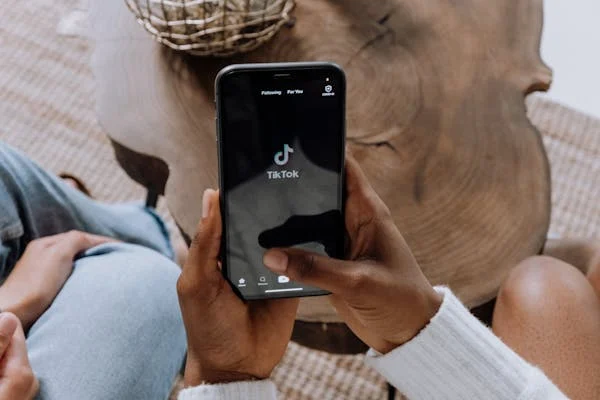
Defining Your Goal
Before designing your banner, define what you want to achieve. Are you promoting a new product, announcing an event, or building brand awareness? Your goal will guide your design choices and ensure your banner is focused and effective.
For example, if your goal is to promote a new product, your banner should prominently feature the product image, its benefits, and a clear call-to-action like “Shop Now.” If you’re announcing an event, include the event’s name, date, and a registration link.
Audience Considerations
Understanding your audience is key to creating effective social media banners. Consider their preferences, interests, and pain points. Tailor your message to resonate with them and address their needs directly.
For instance, if your audience is young professionals, a sleek, modern design with bold colors and concise text might be more effective. If your audience is families, a warm, welcoming design with friendly imagery and a more conversational tone could work better.
Strategic Design Choices
Simplicity and Clarity
Keep your design simple and focused. Avoid clutter and ensure that your message is clear at a glance. Use a single, strong focal point to draw attention and guide the viewer’s eye through the banner.
For example, use a striking image of your product as the focal point, with a clear headline and a concise call-to-action. The simpler and more direct your design, the more likely it is to capture attention and convey your message effectively.
Visual Hierarchy
Use visual hierarchy to guide viewers through your banner. The most important elements, such as your headline and call-to-action, should stand out the most. Use size, color, and placement to create a natural flow.
Start with a bold headline at the top, followed by a supporting image or graphic, and end with a call-to-action at the bottom. This logical arrangement ensures that viewers see the most critical information first.
Consistency with Brand Identity
Ensure your banner aligns with your overall brand identity. Use your brand’s colors, fonts, and style consistently across all your social media banners. This not only reinforces brand recognition but also creates a cohesive and professional look.
For example, if your brand uses a specific shade of blue and a modern sans-serif font, incorporate these elements into your banner design. This consistency helps build a strong, recognizable brand presence online.
High-Quality Graphics
Invest in high-quality graphics and images for your banners. Poor-quality visuals can harm your brand’s credibility. Use professional photos, or if you’re creating graphics, use tools like Adobe Illustrator or Canva to ensure high resolution.
Ensure that your images are clear, well-lit, and relevant to your message. High-quality visuals make your banner more attractive and professional, increasing the likelihood that viewers will engage with your content.
Testing and Iteration
A/B Testing
A/B testing involves creating two versions of your banner and testing them to see which performs better. Change one element at a time, such as the headline, image, or color scheme, and measure the results.
For example, create two versions of a Facebook cover photo: one with a bold headline and another with a more subtle approach. Run both versions for a week and use Facebook’s analytics to see which version gets more engagement. This data-driven approach helps you refine your design for maximum impact.
Feedback and Adjustments
Regularly seek feedback from your audience and peers. Ask them what they like or dislike about your banners. Use this feedback to make necessary adjustments and improve your designs.
For instance, if several viewers mention that the text on your banner is hard to read, consider increasing the font size or changing the color contrast. Continuous improvement based on feedback ensures your banners remain effective and engaging.
Designing Your Banner
Creating an eye-catching social media banner involves more than just putting together a few images and text. It requires strategic planning, creativity, and attention to detail. Here’s a deeper dive into how you can design a banner that not only looks great but also effectively communicates your brand’s message and drives engagement.
Choosing the Right Images
The images you choose for your banner play a crucial role in its effectiveness. High-quality, relevant images can make your banner more appealing and engaging. Start by selecting images that are directly related to your message or product. Avoid generic stock photos that don’t add value or context to your banner.
For example, if you’re a real estate startup, use images of the properties you’re selling, local landmarks, or happy clients in their new homes. If you’re promoting a product, use high-resolution images that showcase the product in use. Original photos are always preferable as they add authenticity and uniqueness to your banner.
In addition to high-quality images, consider the composition. Use the rule of thirds to create a balanced and visually appealing layout. Ensure the focal point of your image is clear and uncluttered, allowing viewers to quickly grasp the main message.
Using Text Effectively
Text is a critical component of your banner, but it should be used sparingly and strategically. The goal is to communicate your message quickly and clearly without overwhelming the viewer. Start with a strong, concise headline that grabs attention. This could be a call-to-action, a catchy phrase, or a key benefit.
For example, a headline like “Unlock Your Dream Home” for a real estate banner or “Summer Sale: Up to 50% Off” for a retail banner can be effective. Use a font that is easy to read and aligns with your brand’s style. Avoid using more than two different fonts to keep your design cohesive.
In addition to the headline, include a subheading or tagline if necessary, but keep it short. Any additional text should provide context or support to the main message. Ensure that the text contrasts well with the background to maintain readability.
Incorporating Brand Elements
Your social media banner should be instantly recognizable as part of your brand. This means incorporating your brand’s colors, fonts, and logo into the design. Consistency is key to building brand recognition and trust.
For example, if your brand colors are blue and white, use these colors prominently in your banner. If you have a specific font used in your logo or marketing materials, incorporate it into your banner text. Place your logo in a prominent but non-intrusive spot, such as the top right or bottom corner, ensuring it’s visible without overpowering the main message.
Consider creating a brand style guide if you don’t already have one. This guide should outline your brand’s color palette, fonts, and logo usage guidelines, ensuring all your visual content is consistent and on-brand.
Utilizing Design Principles
Good design is based on solid principles that help create visually appealing and effective compositions. Here are some key design principles to consider:
Balance: Distribute elements evenly across your banner to create a balanced look. Symmetrical balance involves mirroring elements on either side of a central axis, while asymmetrical balance uses different elements to achieve a harmonious composition.
Contrast: Use contrast to highlight key elements and make your banner more engaging. This can be achieved through color, size, or typography. For example, use a bold, bright color for your call-to-action button to make it stand out.
Alignment: Ensure all elements are properly aligned to create a clean, professional look. Use grids or guides to maintain consistent spacing and alignment.
Proximity: Group related elements together to create a logical flow and make your banner easier to read. For example, place your headline, subheading, and call-to-action close to each other.
Whitespace: Don’t be afraid to use whitespace (or negative space) to avoid clutter and enhance readability. Whitespace can help guide the viewer’s eye to the most important elements of your banner.
Adding Motion and Animation
Incorporating motion and animation into your banner can make it more engaging and eye-catching. Animated elements can draw attention to key messages or create a more dynamic visual experience. However, use animation sparingly to avoid overwhelming viewers.
For example, you could animate the text to slide in from the side or have subtle movements in the background image. Use tools like Adobe After Effects or online platforms like Canva, which offer animated templates. Ensure that the animations are smooth and professional, and that they enhance rather than distract from your main message.
Testing and Iteration
Creating a great banner often involves multiple iterations and refinements. Don’t settle for the first design you create. Test different versions to see what works best. Use A/B testing to compare different designs and gather feedback from your audience.
For example, create two versions of a banner with different images or headlines and see which one gets more engagement. Use analytics tools to track performance and make data-driven decisions. Regularly review and update your banners to keep them fresh and relevant.
Enhancing Visual Appeal
Using Color Wisely
Color plays a significant role in how your banner is perceived. Different colors evoke different emotions and can influence viewer behavior. Choose colors that align with your brand and the message you want to convey.
For example, use warm colors like red and orange for urgency and excitement, and cool colors like blue and green for trust and calmness. Ensure there is enough contrast between your background and text to maintain readability. Use color psychology to enhance the effectiveness of your banner.
Adding Graphics and Icons
Graphics and icons can add visual interest and help convey your message quickly. Use them to highlight key points or add a decorative touch. Ensure they are high-quality and match the overall style of your banner.
For example, use icons to represent features or benefits, such as a calendar icon for event dates or a shopping cart for online purchases. Keep the design simple and avoid overcrowding your banner with too many graphics.
Balancing Elements
A well-balanced banner is visually appealing and easy to read. Avoid overcrowding your banner with too many elements. Use whitespace effectively to create a clean and organized look. Arrange elements in a way that guides the viewer’s eye through the banner naturally.
For example, place your headline at the top, your main image in the center, and your call-to-action at the bottom. This creates a logical flow that guides the viewer from top to bottom, ensuring they see the most important information first.
By focusing on these strategic aspects of banner design, you can create compelling and effective social media banners that capture attention and drive engagement. Tailor your design to your audience, maintain brand consistency, and continuously test and refine your approach to achieve the best results.

Leveraging Psychological Principles
Understanding the psychological impact of your design choices can help you create more effective banners. Here are some principles to consider:
Color Psychology
Color psychology plays a crucial role in designing social media banners. The colors you choose can evoke specific emotions, influence perceptions, and even drive actions. Understanding the psychological impact of colors and strategically incorporating them into your designs can make your banners more effective and engaging. Here’s a deeper dive into color psychology and how you can use it to your advantage.
Understanding Color Emotions
Each color can evoke different emotions and reactions. Here’s a brief overview of what various colors typically represent:
Red: Passion, excitement, urgency, energy. Red can grab attention and create a sense of urgency, making it ideal for call-to-action buttons and sales promotions.
Blue: Trust, calmness, professionalism, security. Blue is often used by financial institutions and healthcare companies to convey reliability and trustworthiness.
Green: Growth, harmony, freshness, wealth. Green is associated with nature and can be used to promote environmental products or healthy living.
Yellow: Optimism, happiness, warmth, caution. Yellow can evoke feelings of cheerfulness and energy, but it should be used sparingly to avoid overwhelming the viewer.
Purple: Luxury, creativity, wisdom, mystery. Purple is often used to convey sophistication and elegance, making it suitable for luxury brands and creative industries.
Orange: Enthusiasm, friendliness, energy, caution. Orange is energetic and can be used to draw attention without the intensity of red.
Black: Power, elegance, sophistication, mystery. Black is timeless and versatile, often used in high-end and luxury branding.
White: Purity, simplicity, cleanliness, peace. White can create a minimalist and clean look, making it ideal for modern and tech-focused brands.
Choosing the Right Color Palette
Choosing the right color palette for your banner is essential for creating the desired emotional impact and ensuring consistency with your brand identity. Start by identifying the primary color that aligns with your brand’s message and values. Then, select complementary colors to create a harmonious and visually appealing palette.
For example, if you are a wellness startup, you might choose green as your primary color to evoke feelings of health and vitality. Complement it with neutral colors like white and beige to create a calming and balanced look.
Use tools like Adobe Color or Coolors to experiment with different color combinations and find the perfect palette for your brand.
Implementing Color in Your Design
Once you’ve selected your color palette, strategically implement it in your banner design. Here are some actionable tips:
Highlight Key Elements: Use your primary color to highlight key elements like headlines, call-to-action buttons, and important information. This helps draw attention to the most critical parts of your banner.
Create Contrast: Ensure there is enough contrast between your text and background to maintain readability. Dark text on a light background or light text on a dark background can create a clear and legible design.
Balance and Harmony: Use your complementary colors to create balance and harmony in your design. Avoid using too many colors, as this can create a chaotic and overwhelming look. Stick to 2-3 main colors to maintain a cohesive and professional appearance.
Emphasize Emotions: Use color to evoke the desired emotions in your audience. For example, use red for urgency and excitement in a sale banner, or blue for trust and calmness in a professional service banner.
Adapting Colors for Different Platforms
Different social media platforms may have different visual environments, so it’s essential to adapt your colors accordingly. What works on one platform may not be as effective on another due to differences in layout, background color, and user expectations.
For instance, LinkedIn is a professional network where users expect a more subdued and sophisticated color scheme. In contrast, Instagram is more vibrant and visually driven, so bolder colors may be more effective.
Test your banners on different platforms and devices to ensure they look good and convey the right message in each context. Adjust the color intensity, contrast, and placement as needed to optimize your design for each platform.
Using Color Psychology in Call-to-Actions (CTAs)
The color of your call-to-action buttons can significantly impact their effectiveness. Use contrasting colors to make your CTAs stand out and encourage clicks. According to color psychology, certain colors can enhance the effectiveness of your CTAs:
Red and Orange: These colors can create a sense of urgency and encourage immediate action, making them ideal for limited-time offers and sales.
Green: Often associated with success and action, green can be a good choice for CTAs like “Sign Up” or “Get Started.”
Blue: While blue is calming and trustworthy, it’s less commonly used for CTAs as it may not create the same sense of urgency. However, it can work well for professional and informational CTAs.
Yellow: Yellow can attract attention but should be used sparingly, as too much yellow can be overwhelming. It’s best used for CTAs that convey excitement and friendliness.
Experiment with different colors for your CTAs and use analytics to track their performance. Adjust based on what works best for your audience.
Cultural Considerations
Color perceptions can vary across different cultures, so it’s important to consider your target audience’s cultural background when choosing colors. What evokes positive emotions in one culture may have a different connotation in another.
For example, white is associated with purity and cleanliness in Western cultures but can signify mourning in some Eastern cultures. Red is considered lucky and auspicious in many Asian cultures but can signify danger or warning in others.
Research your target audience’s cultural preferences and adapt your color choices accordingly to ensure your banner resonates with them.
Visual Hierarchy
Visual hierarchy helps guide viewers through your banner in the order of importance. Use size, color, and placement to create a clear hierarchy. The most important elements should be the most prominent.
For example, your headline should be the largest and most eye-catching element, followed by supporting text and images. This ensures that viewers see the most critical information first.
Gestalt Principles
Gestalt principles describe how people perceive visual elements as a whole rather than in parts. Principles like similarity, proximity, and continuity can help you create a cohesive and organized design.
For example, group related elements together to create a sense of unity. Use similar colors or shapes to create a consistent look and feel. These techniques can make your banner more intuitive and visually pleasing.
Advanced Design Tools and Techniques
Using advanced design tools and techniques can elevate the quality of your banners. Here are some tools and techniques to consider:
Design Software
Professional design software like Adobe Photoshop, Illustrator, and InDesign offer powerful tools for creating high-quality banners. These programs allow you to fine-tune every aspect of your design, from color correction to complex vector graphics.
For example, use Photoshop for detailed photo editing and compositing, Illustrator for creating scalable vector graphics, and InDesign for laying out complex designs with multiple elements.
Online Design Tools
If you’re looking for simpler tools, online platforms like Canva, Crello, and Adobe Spark provide user-friendly interfaces and templates. These tools are great for quick designs and offer a range of customizable templates.
For instance, Canva offers drag-and-drop functionality and a wide selection of templates and elements, making it easy to create professional-looking banners without extensive design experience.
Incorporating Animation and Video
Animation and video can make your banners more engaging and dynamic. Platforms like Adobe After Effects, Premiere Pro, and even Canva offer tools to create animated graphics and videos.
For example, add subtle animations to your text to draw attention to key messages. Use video banners on platforms that support them, like Facebook and LinkedIn, to create a more immersive experience.
Using Mockups for Presentation
Before finalizing your design, use mockups to see how your banner will look in its intended context. Mockup tools like Smartmockups or Placeit allow you to visualize your banner on various devices and social media platforms.
For example, use a Facebook cover photo mockup to ensure your design looks great on both desktop and mobile views. This step helps you make necessary adjustments and ensures your banner will look professional across all platforms.
Testing and Refining Your Design
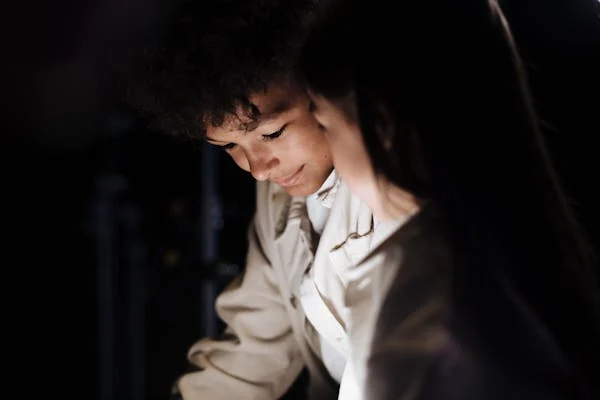
Creating an effective banner is an iterative process. Here are some strategies for testing and refining your design:
A/B Testing
A/B testing involves creating two or more versions of your banner and testing them to see which performs better. Change one element at a time, such as the headline, image, or call-to-action, and measure the results.
For example, create two versions of a Twitter header: one with a bold color scheme and another with a more muted palette. Test both versions for a week and use Twitter Analytics to see which one gets more engagement.
Gathering Feedback
Seek feedback from colleagues, friends, or even your audience. Ask for their opinions on the design, readability, and overall appeal of your banner. Use this feedback to make informed adjustments.
For example, if multiple people mention that the text is hard to read, consider increasing the font size or changing the color contrast. Continuous feedback ensures your design remains effective and engaging.
Monitoring Performance
After launching your banner, monitor its performance using analytics tools provided by the social media platforms. Track metrics like engagement rates, click-through rates, and conversions to see how well your banner is performing.
For instance, use Facebook Insights to track how many people are interacting with your cover photo. If engagement is low, consider tweaking your design based on the data collected
Conclusion
Creating eye-catching social media banners is a blend of art and strategy. As a startup founder, you understand the importance of making a strong first impression and capturing the attention of your audience. By following the principles outlined in this article, you can design banners that not only look great but also communicate your brand’s message effectively and drive engagement.
Start by understanding the basics of social media banner design, including the importance of high-quality visuals and adhering to platform-specific dimensions. Define your goals clearly and consider your audience’s preferences to tailor your designs to their needs. Incorporate your brand elements consistently to build recognition and trust.
Read Next:
- Top SEO Marketing Statistics to Know in 2024
- The Ultimate Guide to Search Engine Marketing Statistics in 2024
- Sustainable Marketing Ideas for an Eco-Friendly Business Approach
- Marketing Strategies for Financial Advisors
- Effective Low-Cost Marketing Ideas for Small Businesses












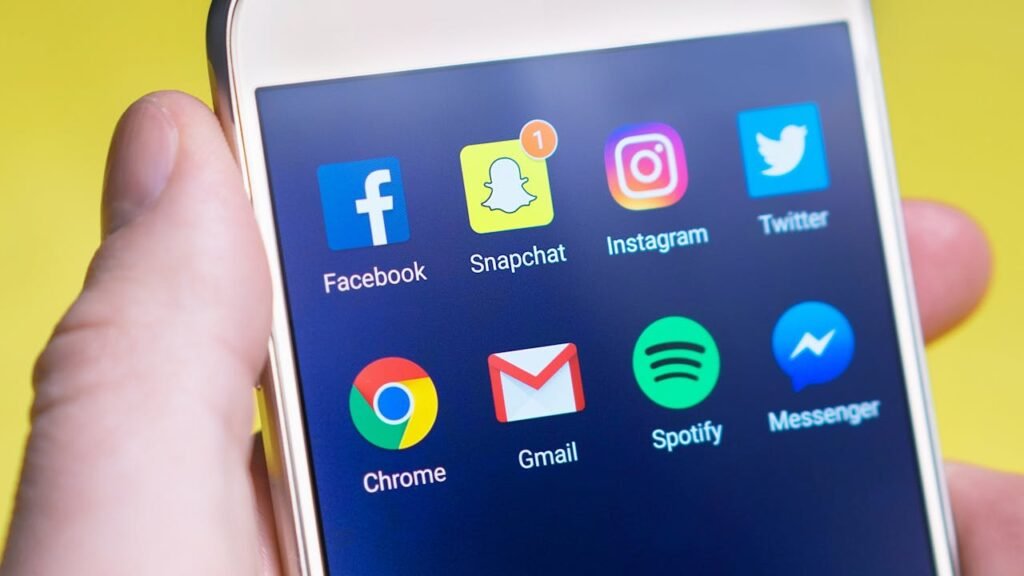




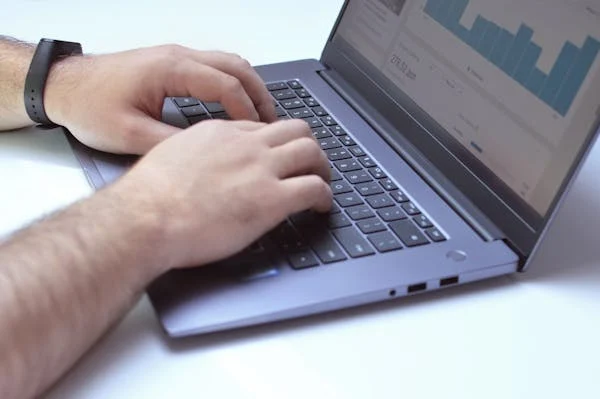



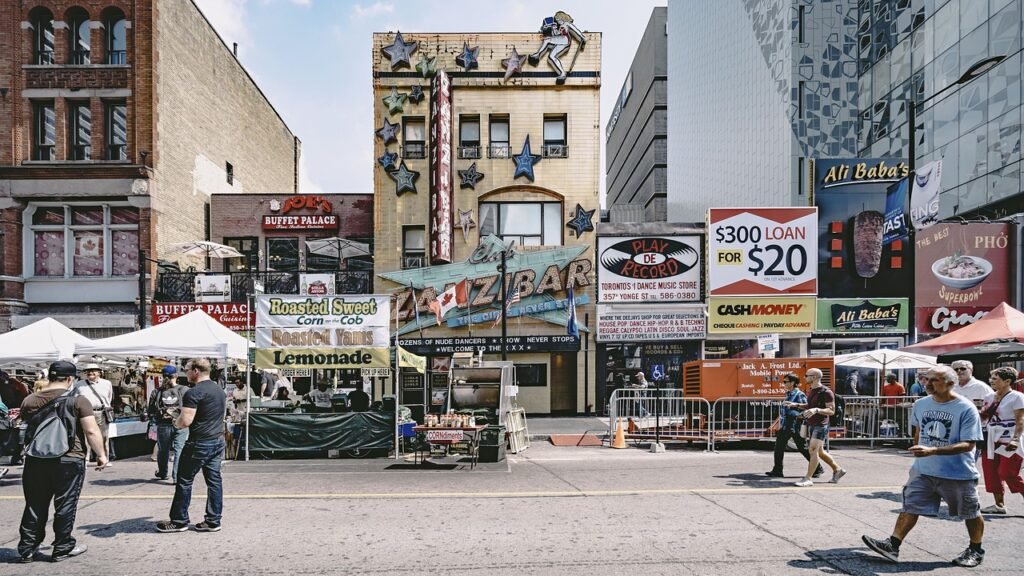
Comments are closed.